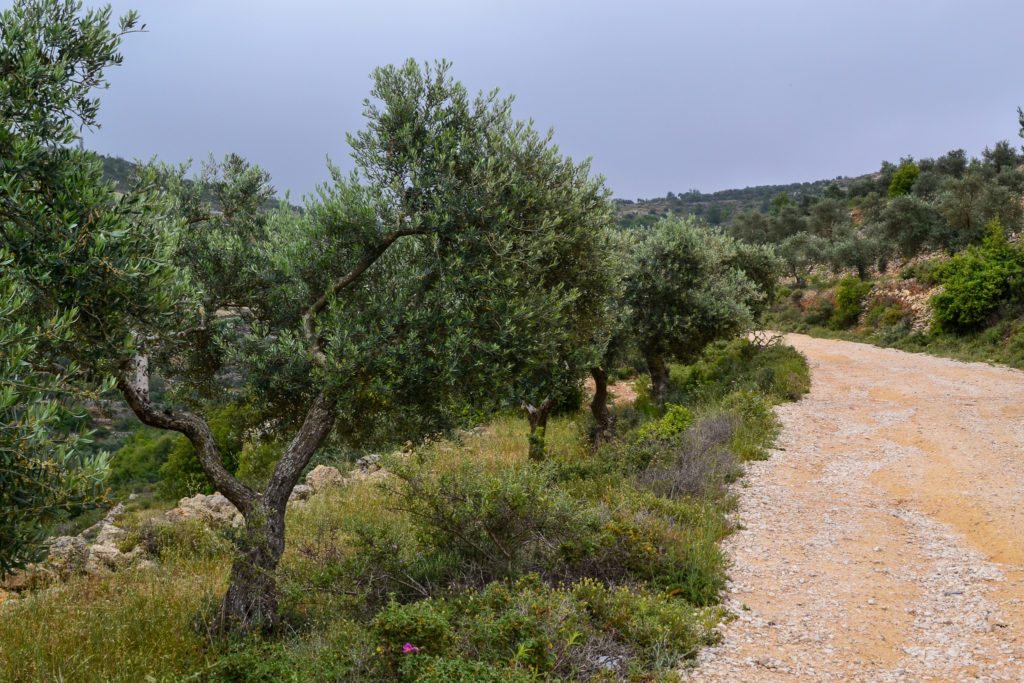
Þingvellir National Park #2

Þingvellir National Park
Þingvellir National Park is one of two UNESCO World Heritage Sites in Iceland. Inscribed on the World Heritage list in 2004 for its outstanding cultural value, Þingvellir National Park may be the most significant site in all of Iceland. Alþingi, founded in 930 AD at this location, is the world’s oldest and longest running parliament. One thousand years after the formation of this parliament, Þingvellir National Park was created. The park covers an area of 24,000 hectares, but only 9,270 hectares of this are included in the World Heritage property.
Þingvellir National Park also has two additional placements on the tentative World Heritage list. The first tentative listing would fall under natural criteria for Þingvellir’s exceptional geological features. The second tentative listing would be a serial site, “Viking Monuments and Sites”, shared between Iceland, Norway, Denmark and Latvia.

The Official World Heritage Inscription from UNESCO
State Party: 🇮🇸 Iceland
Date of Inscription: 2004
Criteria: Cultural
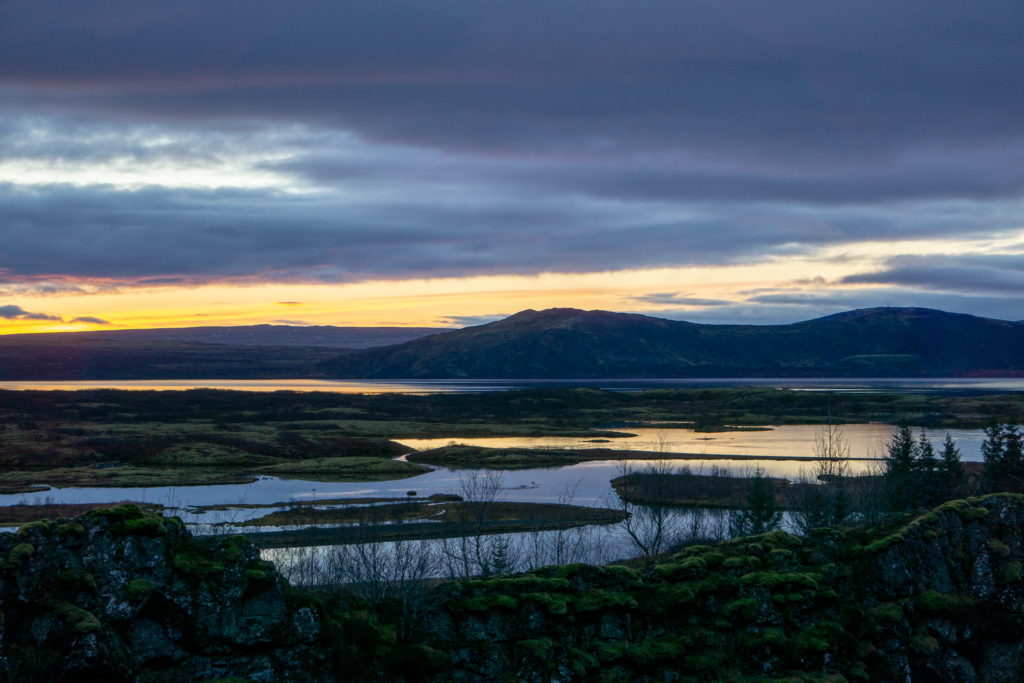
Table of Contents
History of Þingvellir National Park
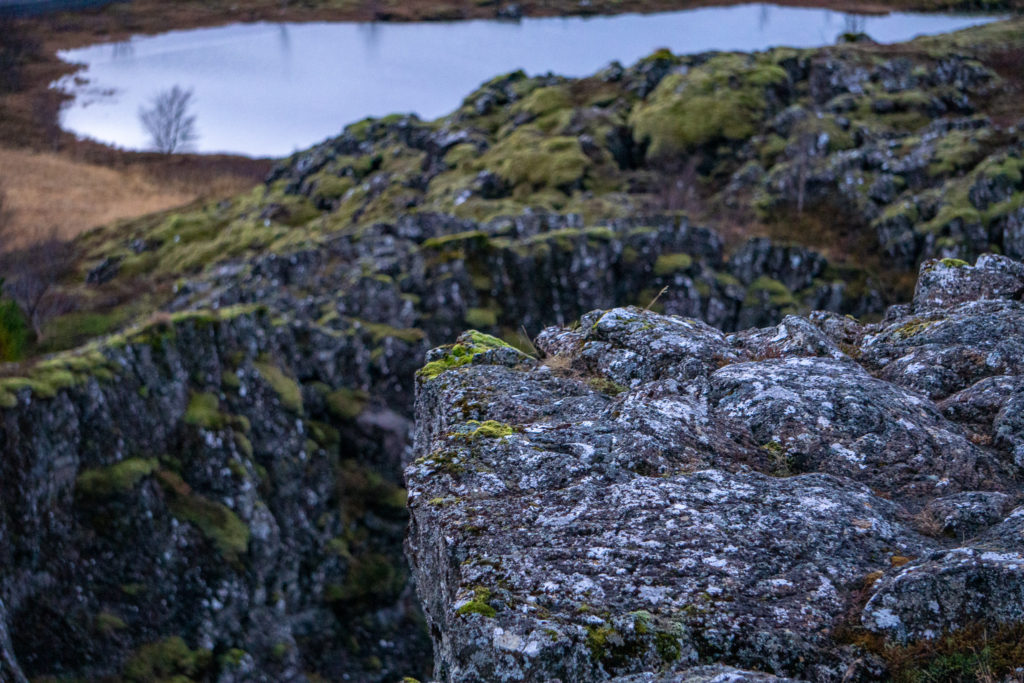
Þingvellir, meaning assembly fields, was the cultural center of Iceland for centuries. It was also where all laws were formed and ultimately passed. In addition, the council that met at Þingvellir also served as the supreme court, settling legal disputes. All of this took place at a spot called the “Law Rock.”
Þingvellir was conveniently located on ancient trade routes, making it fairly accessible for attendees. Therefore, this would draw crowds of thousands of every-day people, such as merchants and craftsmen who would set up booths made of turf and rock. Giant feasts were also held. These congregations would help lay the foundation of Icelandic society. Iceland’s parliament today operates out of its capital city, Reykjavík.
There is also evidence that the area of Þingvellir National Park was used for agricultural purposes in the 18th and 19th centuries.
Landscape & Geology of Þingvellir National Park

The natural characteristics of Þingvellir National Park may be just as impressive and significant as its cultural and historic past. The Mid-Atlantic Ridge runs through the heart of Iceland and Þingvellir is situated in a rift valley formed by the ridge. Iceland is the only place in the world where the Mid-Atlantic Ridge can be viewed above sea-level and nowhere is this more clearly visible than at Þingvellir National Park. One can actually see the effects of the North American and Eurasian tectonic plates splitting apart at this site.
The act of the continents pulling apart from one another creates an almost other-worldly landscape. Jagged rocks, cracks and fissures are the dominating features of Þingvellir. Due to its location in a seismically-active area, Þingvellir National Park is also prone to earthquakes.
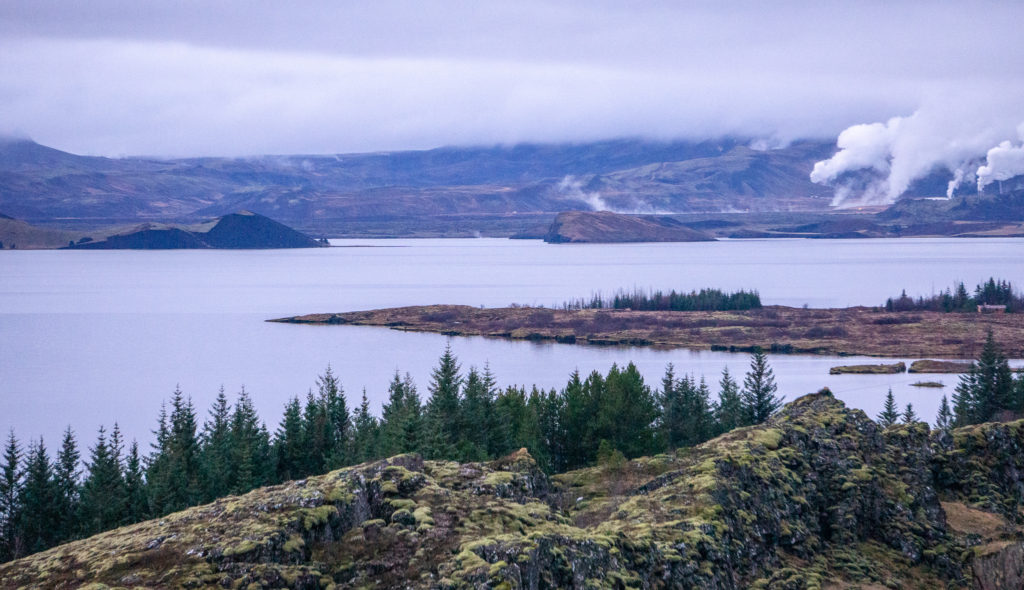
Þingvellir National Park is located on the northern shore of Þingvallavatn, which is the largest lake in Iceland. As with the rest of Þingvellir National Park, the islands of Þingvallavatn are volcanic in origin. The lake has a surface area of 84 square km, with a maximum depth of 114 m (374 ft.)
Visiting Þingvellir National Park
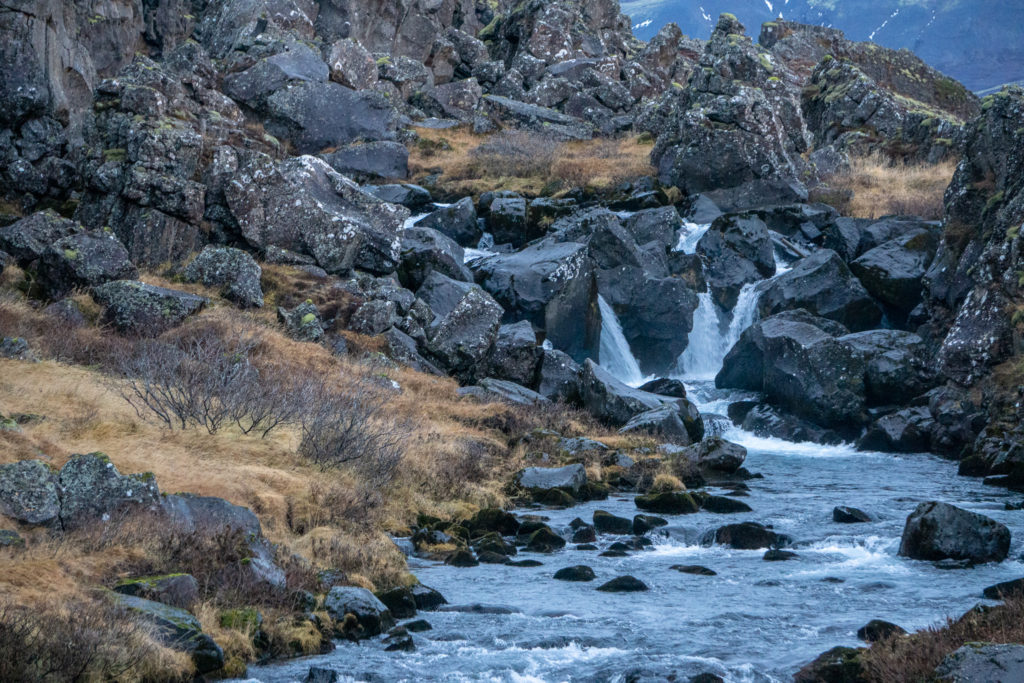
Þingvellir National Park is easily accessible, located only a 45 minutes’ drive from Iceland’s capital, Reykjavík. Several buses visiting the park originate at the main terminal in the city, departing in the morning and returning in the evening. Entrance to Þingvellir National Park is free to all tourists, and the park also has an excellent visitor center, which includes a small café.
Several tour operators based in Reykjavík offer trips around the Golden Circle, the most popular tourist route in all of Iceland. Þingvellir National Park is the first stop on this tour. The three main attractions of the Golden Circle are Þingvellir, the geysers and hot springs of Haukadalur, and Gullfoss, one of the most powerful waterfalls in all of Europe. Many of these operators also stop at some lesser-known attractions along the way.

- View the Complete List of UNESCO World Heritage Sites in Iceland
- View the Complete List of UNESCO World Heritage Sites I’ve Visited



